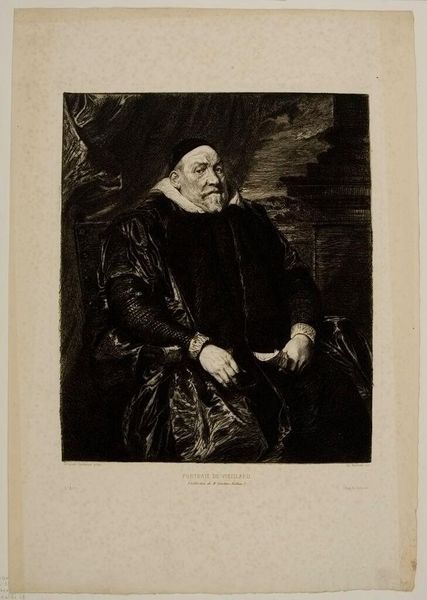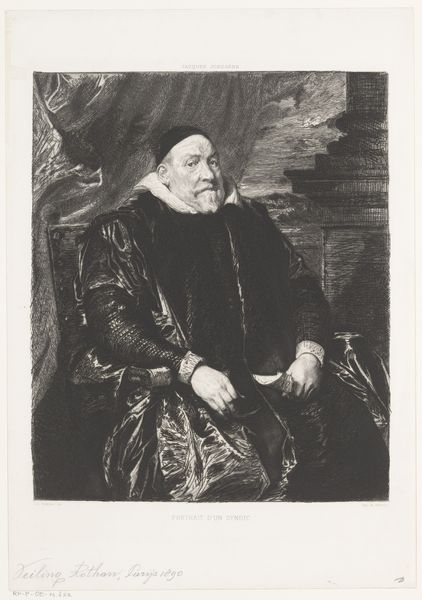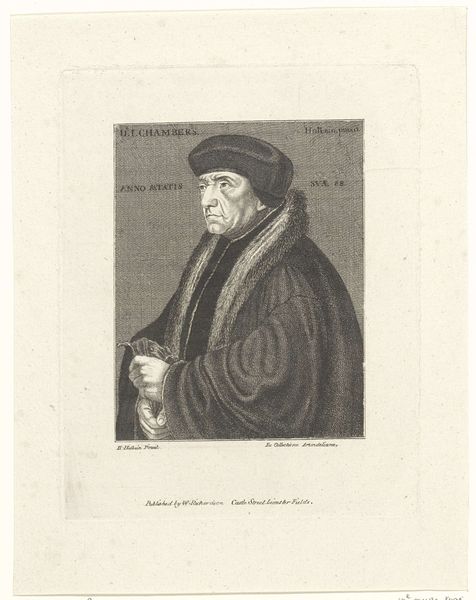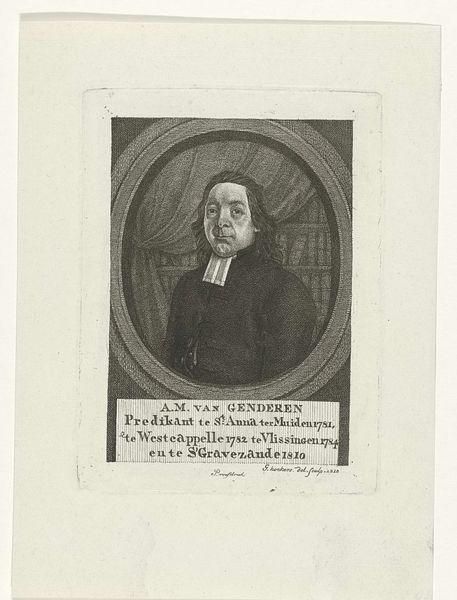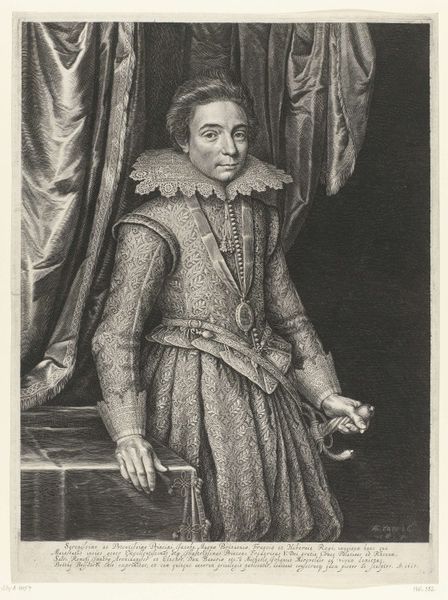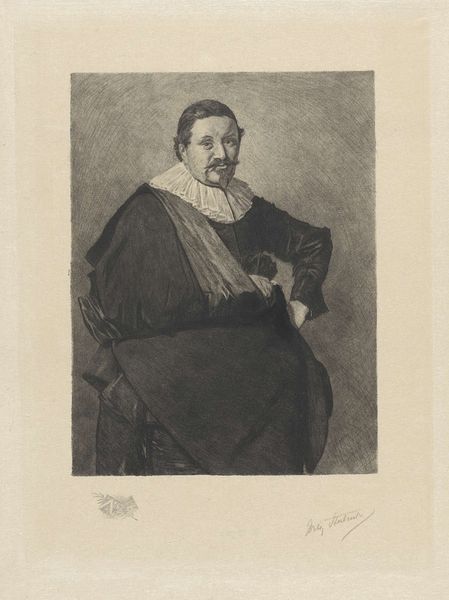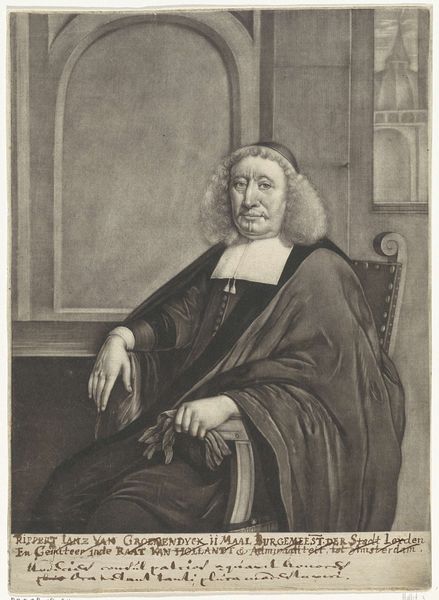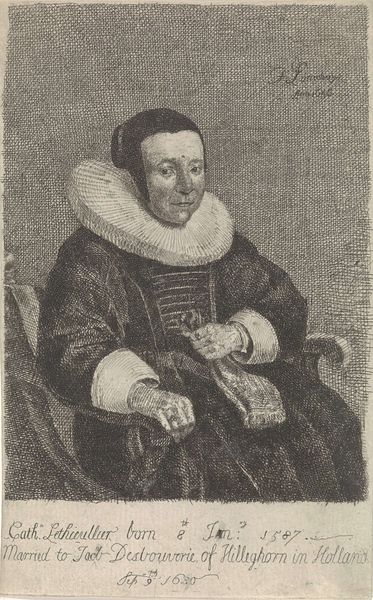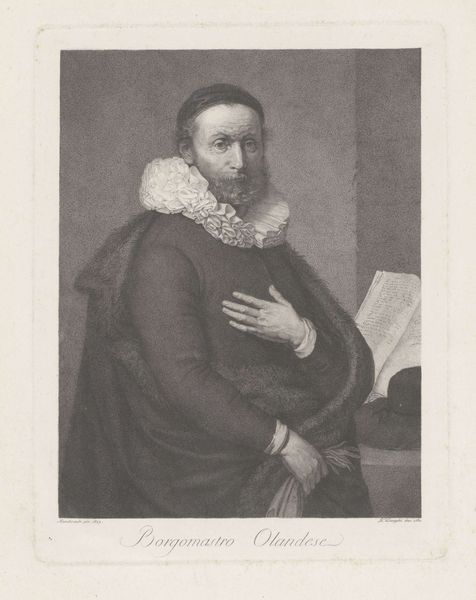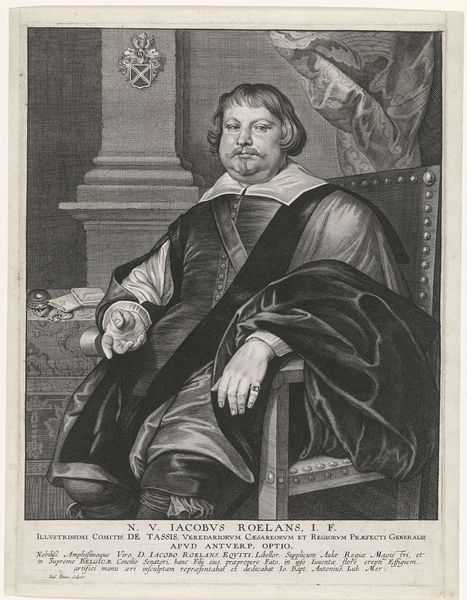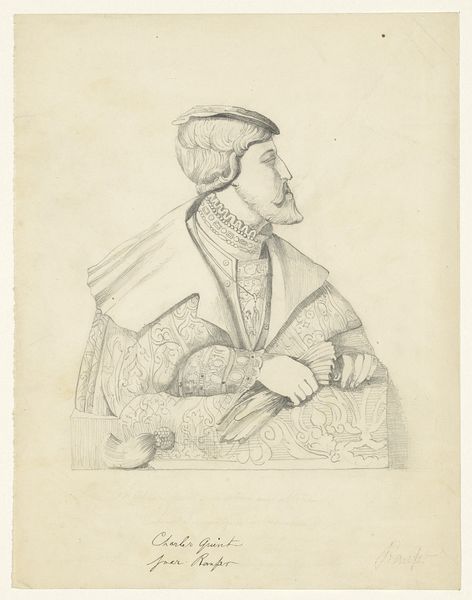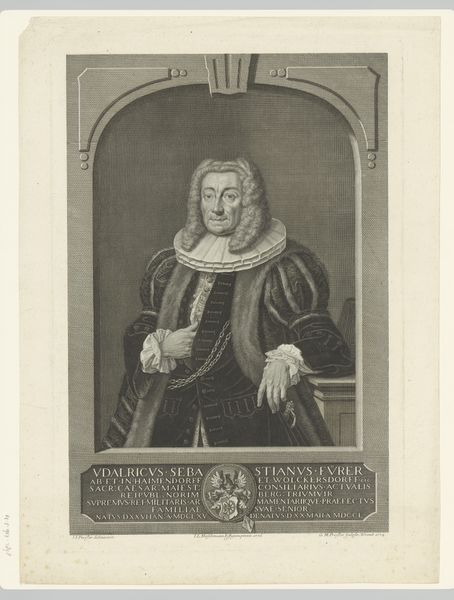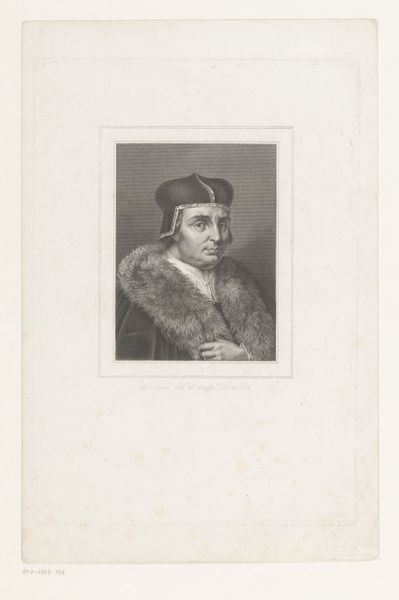
print, engraving
#
portrait
#
pencil drawn
# print
#
charcoal drawing
#
pencil drawing
#
history-painting
#
engraving
Dimensions: height 272 mm, width 208 mm
Copyright: Rijks Museum: Open Domain
Editor: Here we have a print from 1904, titled "Portret van Willem I, prins van Oranje" credited to Verlagsanstalt Fr. Bruckmann. The detail achieved through engraving really stands out to me. How would you interpret this depiction within a historical context? Curator: Well, first, we should address its apparent historical anachronism. This print comes long after Willem’s death and the original image by Michiel Jansz van Mierevelt. What statement does reproducing this image in 1904 make? What role does that nostalgia play? Editor: So, the act of re-printing becomes a statement itself? A deliberate call back? Curator: Precisely. The medium, engraving, itself evokes a certain historical feel, doesn’t it? Consider the socio-political climate of the early 20th century. National identity was very much at the forefront of political discourse. The Netherlands likely sought to connect with its foundational heroes to perhaps bolster a sense of unity. Editor: So, it's less about historical accuracy, and more about constructing a particular narrative for the present, utilizing the past? Is this a way to legitimize contemporary power structures, perhaps? Curator: Exactly. Prints like this were widely disseminated, finding their way into homes and schools, shaping public perception of national heroes and, consequently, national identity. The Rijksmuseum having it suggests its continued relevance as a national icon. Do you think that institutions are responsible to exhibit and give context to its political nature? Editor: That's a really fascinating way to look at it! I had focused on the portraiture aspect but the choice of medium, and the timing of its re-creation completely shifts the interpretation. Considering it within the context of nation-building adds a whole other layer. Curator: Indeed. Thinking about who creates art, how it is displayed, and when it’s consumed helps us unravel how images influence social structures. We shouldn't passively view art. Editor: It seems art serves to reflect and also mold collective memory and cultural identity. Curator: Exactly! Looking critically empowers you to spot those subtle manipulations in society.
Comments
No comments
Be the first to comment and join the conversation on the ultimate creative platform.
